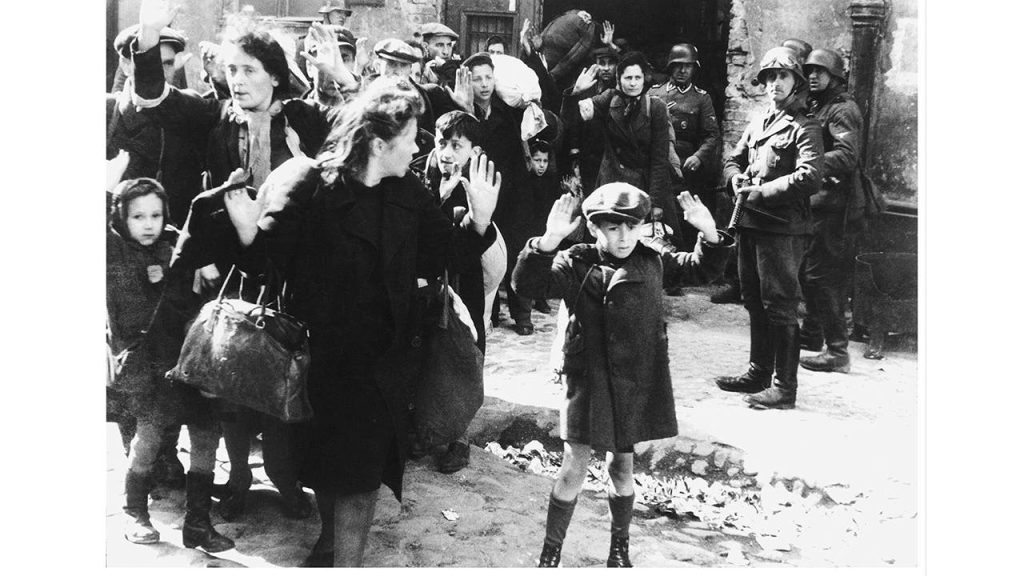The outbreak of World War II in 1939, with Nazi Germany’s attack on Poland, led France and the United Kingdom to declare war on Germany in response. As Germany and the Soviet Union invaded from the west and east respectively, Poland was divided and annexed under the German-Soviet Frontier Treaty. Following the invasion, brutality was unleashed on Poland’s Jewish population, with many being herded into urban ghettos in preparation for deportation to extermination camps.
In the summer of 1942, during the Grossaktion Warsaw, a quarter of a million Jews were transported from the Warsaw Ghetto to Treblinka. This led to the formation of resistance groups such as the Jewish Combat Organization and the Jewish Military Union, who organized a resistance effort against the Nazis. The resistance initially refrained from armed conflict, but as word spread of the Nazi plan for Jewish extermination, fervor for armed resistance grew. This culminated in the largest military uprising by Jews during the war.
The Warsaw Ghetto Uprising began with limited armed conflict in January 1943, with Jewish families inflicting casualties on the Nazi soldiers despite being sparsely armed. As the Nazis attempted to complete their deportation plan in April, the Jewish resistance met their forces with Molotov cocktails and grenades. The ensuing “Bunker Wars” lasted for a month, as Jewish defenders fought a fierce urban warfare battle against the German forces, slowing their progress.
Despite overwhelming odds, the Jewish resistance continued to fight until the end, refusing to allow the Nazis to choose their time and place of death. The resistance faced heavy losses, with an estimated 13,000 Jews killed during the uprising and many others deported to concentration camps. After weeks of combat, the remaining fighters escaped through a tunnel to the forest, marking the end of the major engagement. The Warsaw Ghetto was subsequently demolished and replaced with the Warsaw concentration camp complex.
Despite the destruction of the Warsaw Ghetto, justice would eventually come for the Nazi commanders who oversaw the brutal treatment of Jews in Poland. Many died in combat during the war, while others were captured by Allied forces and faced trials for war crimes. SS Brigadefuhrer Jurgen Stroop, who commanded Warsaw during the uprising, was captured by American troops and hanged in Poland in 1952. The Warsaw Ghetto Uprising remains a significant milestone in Jewish history, showcasing the triumph of the human spirit in the face of adversity.
In 2018, Simcha Rotem, the last survivor of the Warsaw Ghetto Uprising, passed away in Jerusalem at the age of 94. His role as a courier in the resistance efforts highlighted the courage and resilience of those who fought against the Nazi forces during one of the darkest periods in human history. The legacy of the Warsaw Ghetto Uprising continues to inspire remembrance and commemoration of the victims and survivors of the Holocaust, reinforcing the importance of standing up against injustice and tyranny.


